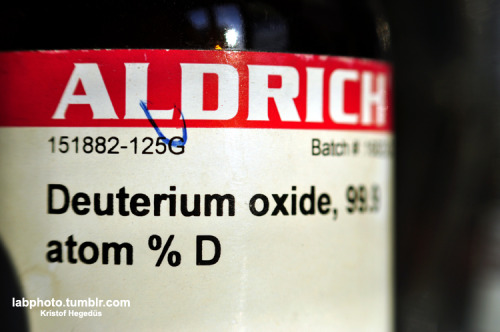Quote: Originally posted by Endimion17  |
Here's a video showing how things are not supposed to be done. It's actually incredible how the hell YouTube didn't remove it. Check out my comments - the
guy is obviously ignorant and cocky, thinks he's smarter than everyone else.
His house is probably contaminated now. It's not radium, but yellowcake, but it's dangerous nonetheless. |
Not to mention his swimming pool!
Totally bonkers. On a much smaller scale, with adequate precautions, it might be able to do this safely, if you have access to low radiotoxic waste
disposal services. I'm guessing he chucked most of his debris with the household waste too! D*ckhead Supremo, indeed! |



 ) and they really messed things
up.
) and they really messed things
up.




















 ), but a proper alpha emitter is really hard to get.
), but a proper alpha emitter is really hard to get. 






